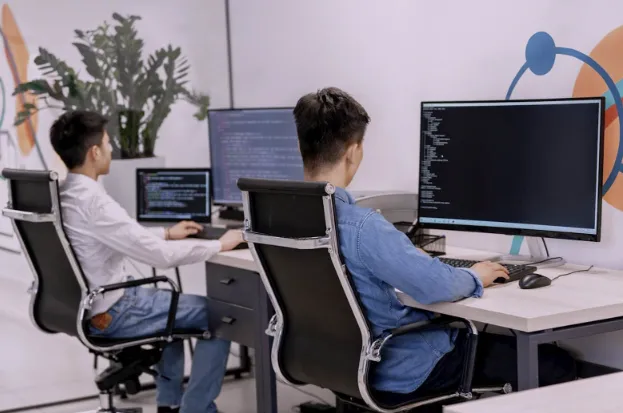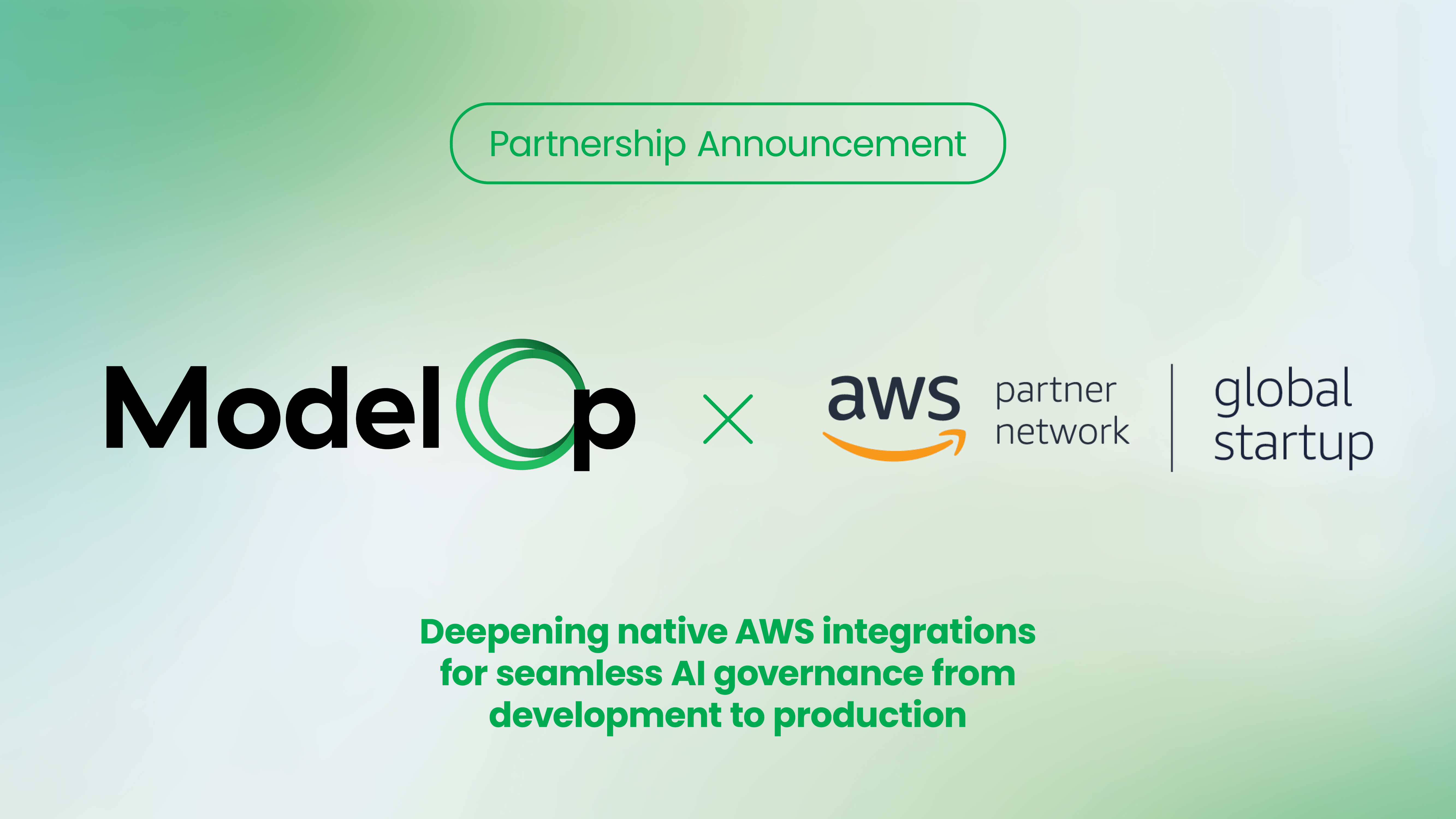
The finance industry is constantly pressured to work faster, stay accurate, and meet strict rules. Artificial intelligence is now playing a central role in making this possible. It helps finance teams process information quickly, reduce repetitive work, and make better decisions.
However, this speed also brings new challenges. AI systems must be accurate, secure, and compliant with regulations from the very start. This is where AI-Driven Software Development becomes essential, combining technical skill with a focus on responsibility.
Ravi Shankar G. (Ravi Shankar Goli) has spent his career building this balance. He is the lead principal software engineering manager for Microsoft’s Copilot for Finance, Product, and Solutions, where he leads teams that create AI-powered tools for finance professionals. His work focuses on bringing generative AI into enterprise products while keeping accuracy, compliance, and security at the core.
Ravi’s career began in the Indian Air Force, moved through global consulting at Accenture, and grew into engineering leadership at Microsoft. With three master’s degrees, including one in Artificial Intelligence and Machine Learning, he brings deep expertise and a global view to his work. He also mentors through Microsoft’s TEALS program, helping schools address the shortage of computer science teachers.
In this article, we will share Ravi’s insights on building AI tools for finance. You will learn to adapt to fast-changing AI models, design for accuracy from the start, meet strict compliance standards, and keep human oversight in place.
We will also explore the importance of strong technical foundations, continuous learning, and mentorship in making effective and reliable AI tools.
Managing AI-Driven Software Development in Finance
Creating AI tools for finance means balancing speed, accuracy, and rules. The goal is to help finance teams work faster while keeping results correct and secure.

Adapting to Fast-Changing AI
AI models change every few weeks. New features arrive, and older methods can become outdated quickly. Teams must spot useful changes early, test them, and adjust plans quickly. This constant shift demands quick learning and a readiness to change direction.
Building With Responsibility from the Start
Security, compliance, and responsible AI are part of the process from day one. Ethical checks and rule reviews happen alongside coding. This helps ensure the product is safe for users and meets legal standards.
Ensuring Accuracy in AI-Driven Software Development
AI is great at understanding what users want, but can misread numbers. In finance, even a small mistake can cause big problems. To prevent this:
- AI collects context and understands the request
- Rule-based or predictive systems confirm calculations
- Results are double-checked before they reach the user
- Outliers are flagged for review
- Accuracy standards leave no room for guessing
Meeting Regulatory Demands
Finance tools must meet strict global and industry rules. Teams run detailed tests to catch errors like false answers or security gaps. When one central rule set exists, it is easier to follow than dealing with many different standards.
Moving From Deterministic to Probabilistic Systems
Traditional software gives predictable answers. AI does not. To manage this, teams build large test sets, check results in real-world scenarios, and use red teaming to find weak spots before release.
Success comes from adapting fast, keeping results exact, and following every rule without slowing progress.
Using Generative AI in AI-Driven Software Development
Generative AI is now a key part of many software projects. It helps write code, create technical documents, and improve existing features. Tools like GitHub Copilot make this faster by allowing typed or voice prompts, so developers can work smoothly and naturally.

Validating AI-Generated Code
AI-assisted coding is easier to check than other AI outputs because the software already uses strong testing methods. These include:
- Unit tests to check each function.
- Integration tests to see how parts work together.
- End-to-end tests will be conducted to confirm that the full process works as expected.
Teams know the code meets the requirements when all planned test cases pass. This makes AI a reliable way to speed up work without lowering quality.
Keeping Human Oversight in Place
Even with powerful AI tools, human review is essential. Without it, mistakes like deleting important data can happen.
Teams avoid this by blocking risky commands, requiring backups for high-risk changes, and adding approval steps before critical actions. These safeguards keep the benefits of AI while protecting the system.
Balancing Speed and Accuracy
Different projects need different levels of accuracy.
- In general enterprise software, a working version can launch and improve over time.
- Accuracy must be near perfect in areas like healthcare or finance before release.
Knowing the domain helps decide how much testing is needed before launch.
Using “Vibe Coding” Wisely
Using AI to quickly create working code, Vibe coding works well when skilled developers guide it. It is useful for smaller or clearly defined tasks, but cannot replace the expertise needed for large, complex systems. These still require human judgment for architecture, security, and long-term stability.
Why Foundational Knowledge Matters in AI-Driven Software Development?
AI can make coding faster, but it cannot replace the value of solid technical knowledge. Without strong foundations, it is easy to misuse tools, miss important errors, or struggle to fix problems.
Just like a doctor knows how to interpret symptoms, an experienced engineer knows what to ask an AI tool, how to check its answers, and when to question them.

Low-Risk vs. High-Risk Work
For low-risk tasks, such as building a simple website, AI can manage most of the work with limited oversight. However, deep technical understanding is critical in high-risk or complex projects like healthcare, finance, or large enterprise systems. Without it, a developer may fail to:
- Spot flaws in the code or design.
- Keep sensitive data safe and meet regulations.
- Debug and maintain the system when issues arise.
Guiding Teams in AI-Driven Software Development
The most effective teams combine AI support with strong technical skills. This means checking AI-generated work, asking why it produced a certain result, and knowing how each feature fits into the bigger system.
AI can also help with learning by explaining concepts, breaking down code, or showing examples. Still, every output should be reviewed before it is used.
The Value of Continuous Learning
Technology changes quickly, and learning never stops. Engineers improve their skills through courses, advanced study, or hands-on projects. Staying curious and building deeper knowledge make AI tools more effective in real work.
No matter the size or complexity of a project, the rule is the same: AI works best for those who understand the fundamentals, can judge its output, and know when human decisions should lead the way. This balance keeps development both productive and dependable.
Curiosity, Mentorship, and Perseverance in AI-Driven Software Development
A career in technology can start with one small moment of interest, but keeping it alive takes more than curiosity. While that first spark is important, steady effort, skill-building, and enjoyment truly move someone forward.

Building Skills Through Steady Progress
Growth in technology rarely happens overnight. Many people feel stuck when they face hard concepts, but persistence makes the difference. See challenges as temporary, not as signs you lack ability.
Go back to a problem several times until it becomes clear. Over time, tasks that once felt impossible become as simple as basic math.
Passing Curiosity Forward
Sharing knowledge keeps the field strong. Mentorship programs, like computer science outreach in schools, can fill the gap where trained teachers are missing.
Even in tech-heavy regions, many schools lack computer science educators. Speaking to students early gives them the confidence to see technology as a possible career.
Advice for New Learners
- Take it slow – Let ideas settle and build understanding step by step.
- Stay consistent – Keep working, even if progress feels small or slow.
- Find enjoyment in the process – Enjoying the journey makes it easier to stay with it, even without quick results.
Celebrating Wins
Recognizing achievements keeps motivation high. This could mean a family outing, a short trip, or enjoying a meal together.
For teams, slowing down after a major release helps everyone appreciate the effort before moving forward. Gathering in a relaxed setting also builds stronger connections and pride in the work.
Technology moves quickly, but the core approach stays the same: stay curious, keep learning steadily, support others, and take time to celebrate before taking the next step.
Conclusion
AI-Driven Software Development in finance works best when speed, accuracy, and compliance stay in balance. Strong technical skills, paired with AI tools, help teams deliver correct, secure, and ready-for-use results.
Human review plays a key role in spotting errors, protecting sensitive data, and preventing costly issues. Moreover, this work is ongoing. AI models change often, and rules evolve quickly.
Teams need to keep learning, testing, and improving without slowing progress. Regular updates and careful oversight ensure the software stays accurate and compliant over time.
That said, success depends on more than technology. It requires people who can guide AI, question its output, and make final decisions.
Mentorship and knowledge sharing help new developers build these skills and confidence. This not only improves project quality but also strengthens the whole team. Combining AI’s speed with human expertise creates dependable and trusted results.
The same principle applies to small tasks or high-risk projects: understand the fundamentals, review every output, and keep improving. With this approach, AI-Driven Software Development can meet today’s demands while staying ready for future challenges.
FAQs
How can AI-Driven Software Development improve decision-making at the executive level?
It delivers accurate, real-time insights by processing large financial datasets quickly and highlighting actionable trends.
What governance structures are essential for AI-Driven Software Development in finance?
Clear accountability, documented processes, and cross-functional oversight ensure AI outputs remain compliant and reliable.
How does AI-Driven Software Development help meet global compliance and regulatory standards?
It embeds compliance checks into workflows, automatically aligning processes with evolving international regulations.
What ROI can executives expect from AI-Driven Software Development in finance?
Savings come from reduced manual work, faster reporting cycles, improved accuracy, and better allocation of skilled talent.
How can AI-Driven Software Development strengthen enterprise security posture?
It integrates encryption, access controls, and anomaly detection into every stage of development to prevent breaches.



